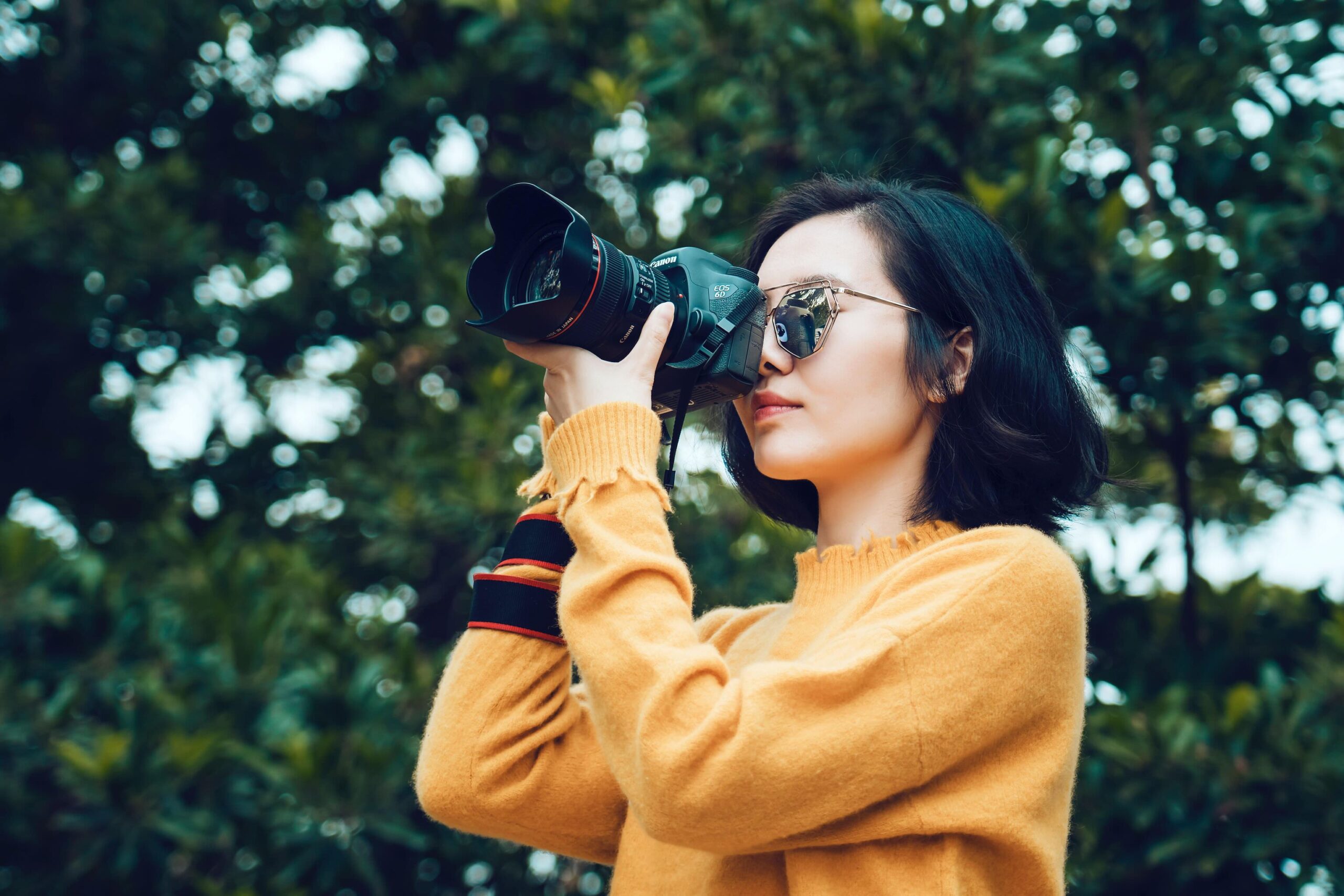Why You Need Versioning for Your DAM Photography Edits

When you’re working with multiple iterations of photos, versioning is the answer to an efficient workflow.
Not only will you keep your workspace decluttered, but you also get to tap into the creative possibilities of previous versions at any time.
Let’s dive into how versioning can make your DAM workflow sparkle.
What is photo versioning?
Versioning is the answer to your organizational prayers when you’re working with numerous iterations of photos.
Labeling digital photos and following set naming conventions is the start of keeping track of assets in your digital library. But with each new “_VersionX” and “_Final_(no, really this time)” handle, keeping track of the latest updates can become a nightmare. Never mind the cluttered mess it leaves behind in your library, especially when numerous iterations have to be gone through to get the final version approved.
Versioning makes all of that a thing of the past.
Now, instead of having to create extensive folders for each asset just to keep your library neat, each iteration in an asset’s lifecycle is saved under the asset itself. With only the latest version visible in the library.
Why is versioning necessary for photography workflows?
Without versioning, keeping track of assets becomes an administrative burden. And when you’re following a structured approach to asset storage, it’s likely to simply clutter up your workspace.
Versioning keeps your DAM library clean and organized while giving you access to the complete history of each asset’s creative production stage from a central place.
How to use versioning to keep track of your photography edits
With easy-to-use automation recipes, globaledit allows you to keep track of edits and changes on each asset as new versions are automatically created.
Because let’s face it. Sometimes you had the best image two or three rounds back and just didn’t realize it. And when stakeholders come into play, it’s important to give them a full view of the version history so they can get a comprehensive view of its evolution.
Along with the clear labeling of digital photos, versioning makes it easy to identify where in the lifecycle asset belongs.
How versioning helps you improve your photography workflow?
Versioning begins with creating a less-cluttered DAM library. But the benefits stretch through to the end of each asset’s lifecycle, even as it’s gathering proverbial dust in previous project folders.
Find new potential for existing photos
Versioning helps you go back and find new potential in existing assets. With photo versioning, you get to work on images from any stage in the production cycle. From the original asset to the final edits, you can always access the iteration in which you see new potential.
Enrich each iteration with metadata
With metadata, you can also access existing images in your library easily. Notes on usage and changes can be attached in the metadata of each version to guide future activity.
Access the full history of assets easily
The aggregation of versions into one asset allows you to create a complete history in one place. This central history lets you see the full lifecycle evolution of an asset, with all the markups and comments made at each stage. With the help of digital photo labeling software capabilities, the globaledit DAM keeps iterations clear and accessible.
Remove redundancy and save production time
Versioning lets you save valuable production time by eliminating the redundancy of searching for the right asset amid numerous iterations. Connecting the latest version of an asset to projects also helps to avoid brand inconsistency when incorrect versions slip through during project workflows.
Declutter your workspace
Instead of having each iteration saved as a separate asset, you can declutter your workspace by having all versions saved under one thumbnail. Once you enter an asset you can see every version next to each other to access previous iterations.
How to use photo versioning when collaborating with others on a project?
While versioning is the bee’s knees when it comes to personal application, the benefits don’t stop at storage optimization.
With a full panoramic view of a history’s lifecycle, creatives can offer collaborators a full view and scope of an asset’s creation. So instead of seeing only the final product, collaborators get to see the road traveled to that point.
With a new set of eyes seeing the entire journey, collaborators can help address concerns that crept up in earlier iterations and whose effects are being carried over into the final product.
Why globaledit is the best DAM software for versioning your photos
globaledit’s Versioning lets you simplify the process of keeping track of your asset’s lifecycle and accessing previous iterations whenever you need them.
You don’t need to wonder how globaledit can streamline your photography workflow even more, simply request a demo and find out.
